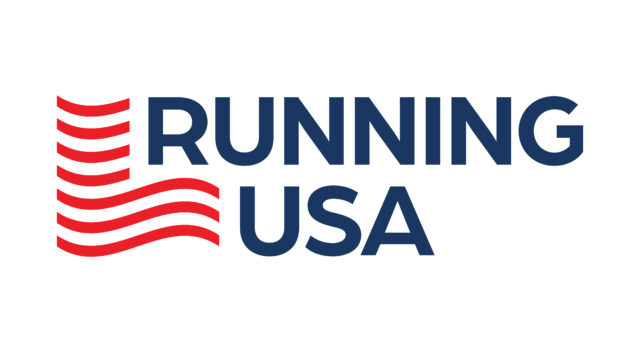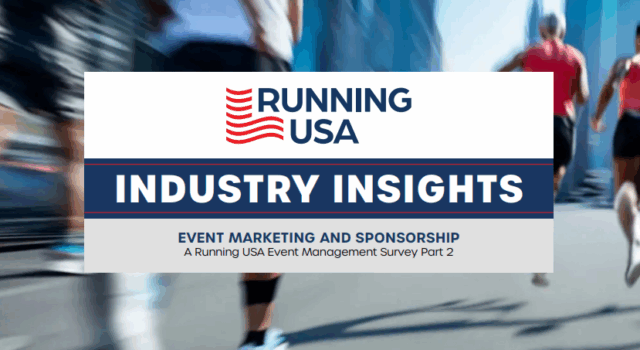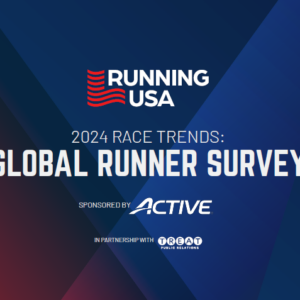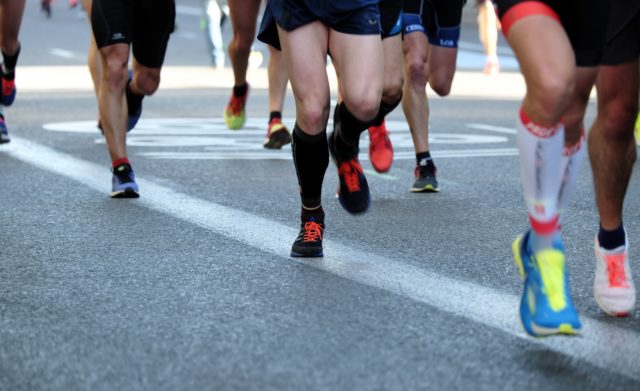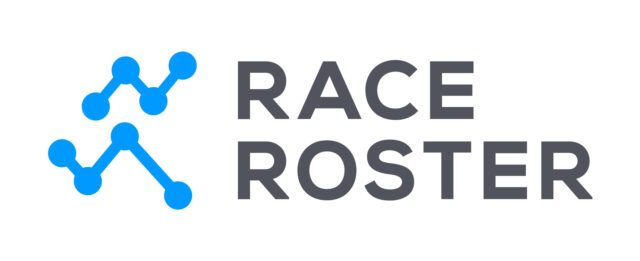Committed to the growth and success of businesses serving running
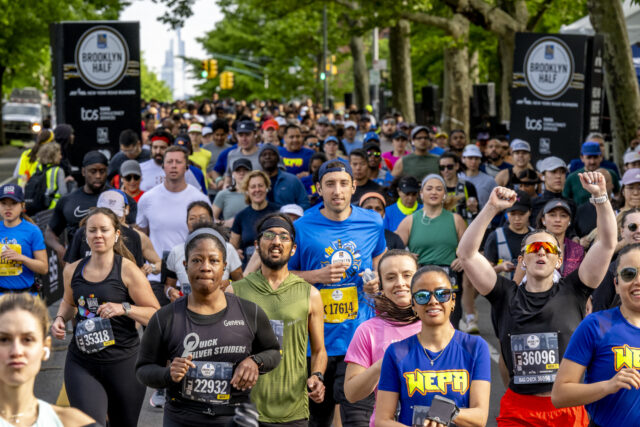
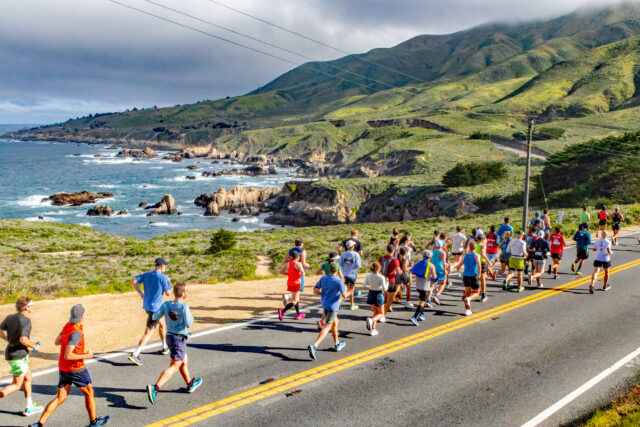
Become a member
Join today to experience all of our member benefits.
Already have an account? Log in.
Content Categories
Featured Content
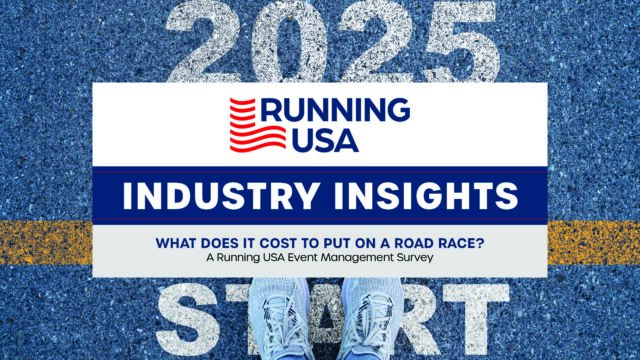
Webinar Recording: What Does it Cost to Put on a Road Race?
Running USA has released its first 2025 Industry Insight report: What Does It Cost to Put on a Road Race?, offering a detailed analysis of the operational costs, revenue trends, and future outlook for race organizers across the U.S. Based on survey responses from event professionals representing a combined 1,000+ events annually, the report sheds light on the evolving financial realities of the endurance industry. The video above features highlighted findings from the survey results, presented by Running USA Director of Operations and research lead Dr. Michael Clemons.
The report is now available for download on the Running USA website. Find it here.
Watch
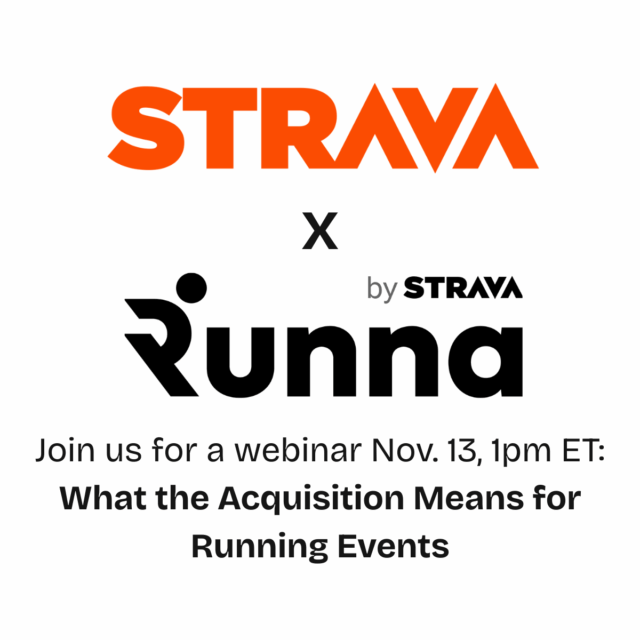
Webinar: Strava × Runna: What the Acquisition Means for Running Events
Join representatives from Strava and Runna for an inside look at their recent acquisition and what it unlocks for race directors and event marketers. In this fast-paced session, they’ll share product highlights, new training and engagement tools for participants, and fresh opportunities for data insights, partnerships, and revenue. Perfect for events of all sizes looking to boost athlete experience and loyalty ahead of 2026.
You’ll learn: how the platforms will integrate, what features are coming for events, and practical ways to activate the Strava × Runna ecosystem on race day and year-round.
Presenters:
Melanie Jarrett, Director, Athlete and Community Partnerships, Strava
Katie Goble, Head of Partnerships and Marketing Lead, Runna
Watch

PURCHASABLE CONTENT
Research + Reports
Purchase industry research reports today!
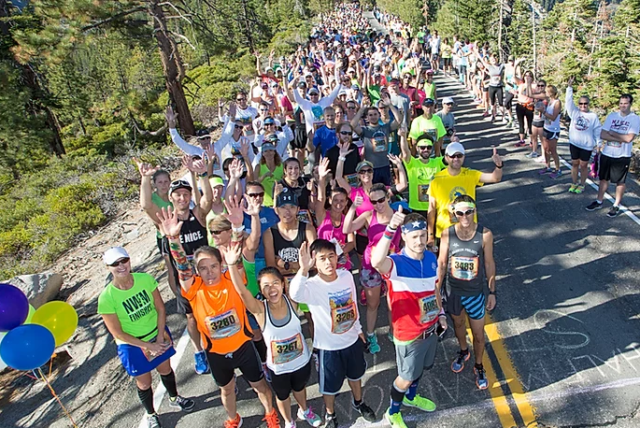
Who we are
Running USA
Through educational initiatives, industry research, events, networking opportunities, media exposure and a host of other avenues, we help races and vendors grow and thrive.
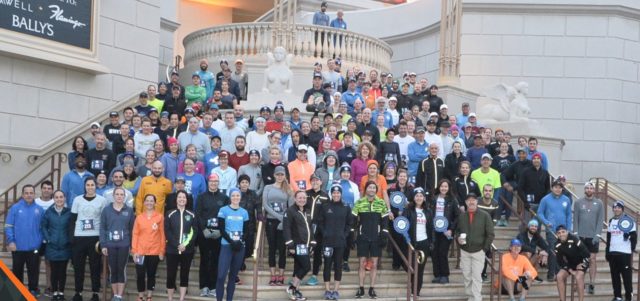
Become a Running USA Member
Sign Up Today
Already have an account? Log in.




